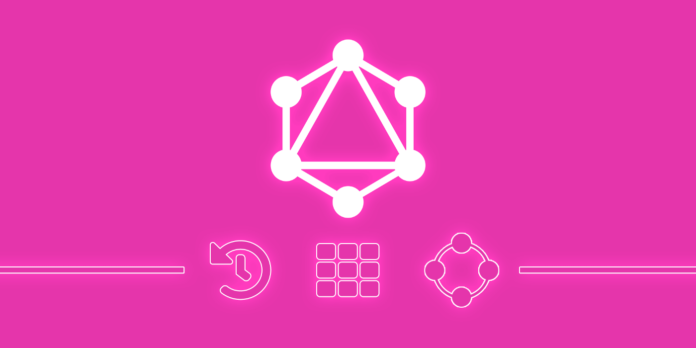How we think about API architecture is being revolutionized by a new technology recently appearing. This technology is called GraphQL, and developers who want to create flexible, effective, and user-friendly APIs increasingly turn to it. This post will explain GraphQL, how it differs from conventional REST APIs, and why developers are embracing it so quickly.
GraphQL: What is it?
What is GraphQL? GraphQL is fundamentally a query language for APIs. Facebook created it in 2012 to overcome some drawbacks of conventional REST APIs. Clients can specify their required data using GraphQL, and the server will only return that data. This makes GraphQL APIs very flexible and efficient, and it also gets rid of several over- and under-fetching problems that are typical of conventional REST APIs.
How is GraphQL different from REST APIs?
By defining a set of endpoints that clients can utilize to retrieve data, traditional REST APIs function. Clients are responsible for mixing many endpoints to obtain the required data because each endpoint only returns a fixed set of data. This may result in inefficiencies and excessive amounts of network traffic.
Contrarily, GraphQL enables customers to describe precisely what data they require in a single request. This eliminates the requirement for several endpoints and significantly lowers network traffic. Clients’ ability to specify precisely the required data prevents over or under-fetching data, which can further enhance performance.
Why is GraphQL gaining popularity?
GraphQL is swiftly gaining acceptance among developers for a variety of reasons. Only a handful of the main advantages are as follows:
Flexibility
The flexibility of GraphQL is one of its main benefits. It is simple to create APIs that may be used in various scenarios since customers can specify exactly what data they require. Because of this, it is simple to reuse code and create APIs that can be customized for many use cases.
Efficiency
As was already established, by eliminating the requirement for many endpoints and minimizing over- and under-fetching, GraphQL can significantly cut network traffic. This may lead to quicker API response times and better client performance.
Effortless Usage
GraphQL APIs are simple since clients may describe precisely what data they require. Developers can save time sifting through documentation or speculating about the provided data. Instead, they may request the data they require and receive a predictable response.
How to get started with GraphQL
There are a few essential actions you must carry out if you want to test out GraphQL for yourself:
- Study the fundamentals of GraphQL. The official GraphQL website and online courses are just a few wonderful online resources that can assist you in learning the language.
- GraphQL implementation of your choice. Apollo, Relay, and Yoga are just a few of the several GraphQL implementations that are accessible. Choose the implementation that best meets your needs because each has unique strengths and shortcomings.
- Create your API now. You can begin creating your API after selecting your implementation. This will entail specifying your data schema, creating resolvers, and setting up your API.
In summary, GraphQL is a potent technology rapidly altering how we see API architecture. It should be no surprise that it’s swiftly gaining favor in the developer community, given its emphasis on flexibility, efficiency, and ease of use. GraphQL is worth investigating whether you’re creating a new API from scratch or trying to enhance the performance of an existing API.




